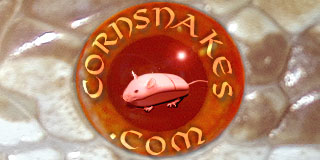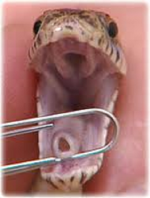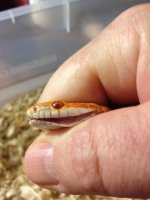-
Hello!
Either you have not registered on this site yet, or you are registered but have not logged in. In either case, you will not be able to use the full functionality of this site until you have registered, and then logged in after your registration has been approved.
Registration is FREE, so please register so you can participate instead of remaining a lurker....
Please be certain that the location field is correctly filled out when you register. All registrations that appear to be bogus will be rejected. Which means that if your location field does NOT match the actual location of your registration IP address, then your registration will be rejected.
Sorry about the strictness of this requirement, but it is necessary to block spammers and scammers at the door as much as possible.
You are using an out of date browser. It may not display this or other websites correctly.
You should upgrade or use an alternative browser.
You should upgrade or use an alternative browser.
Inside a Brazilian Rainbow Boa's Mouth
- Thread starter RoseRed
- Start date
TheFrogman
Im just old
Why? I need to ask this because that's me, what was the purpose of doing that?
RoseRed
New member
Why? I need to ask this because that's me, what was the purpose of doing that?
I was checking for any signs for a RI, I'm iffy if she has one or not. I'll be taking her to the vet on Tuesday.
TheFrogman
Im just old
Ok great and thank you, I've never seen it done and was wondering why we would or should do this.
daddio207
THUG FROG !
FYI,
Here's a quick and easy way to check for an RI and also anemia with less stress on your snake.
Since a snakes glottis (end of the breathing tube) seen in pic 1 is located at the front of the mouth, fluid from the respiratory system will accumulate between the lips and the gums. By just pulling down the lip as seen in pic 2 you can check for an RI and anemia.
A Boas teeth are curved back and very thin. Easy to break. When you pry open their mouth you need to use something that won't snag on their teeth when you remove it.
Pic 1 is from Wikivet.
I commend you on doing educational videos. Take time to properly explain what the purpose is and research possible scenarios of what you are showing.

Here's a quick and easy way to check for an RI and also anemia with less stress on your snake.
Since a snakes glottis (end of the breathing tube) seen in pic 1 is located at the front of the mouth, fluid from the respiratory system will accumulate between the lips and the gums. By just pulling down the lip as seen in pic 2 you can check for an RI and anemia.
A Boas teeth are curved back and very thin. Easy to break. When you pry open their mouth you need to use something that won't snag on their teeth when you remove it.
Pic 1 is from Wikivet.
I commend you on doing educational videos. Take time to properly explain what the purpose is and research possible scenarios of what you are showing.
Attachments
Nanci
Alien Lover
Cool! Frog, I have a photo of the inside of Fred's mouth, somewhere. In the stuck eyecup thread. He shipped here, and was making a popping noise upon arrival. He was blue, and had a retained spectacle. I took him to the vet. Inside Fred's mouth, you could see the blood vessel supplying the side with the retained spectacle was huge compared to the opposite side. He did a sinus exam, and diagnosed Fred with an inflammation.
Thread
Thread
RoseRed
New member
FYI,
Here's a quick and easy way to check for an RI and also anemia with less stress on your snake.
Since a snakes glottis (end of the breathing tube) seen in pic 1 is located at the front of the mouth, fluid from the respiratory system will accumulate between the lips and the gums. By just pulling down the lip as seen in pic 2 you can check for an RI and anemia.
A Boas teeth are curved back and very thin. Easy to break. When you pry open their mouth you need to use something that won't snag on their teeth when you remove it.
Pic 1 is from Wikivet.
I commend you on doing educational videos. Take time to properly explain what the purpose is and research possible scenarios of what you are showing.

Thanks for the advice ^^


